Paediatric Physiotherapy
What does a Paediatric Physio do?
Physiotherapists are movement specialists, and paediatric physiotherapy is essentially about helping children to move better. Movement is an essential part of development and allows children to explore their environment and participate in the world around them. We work with all children from babies to adolescents, those with disabilities affecting their gross motor development, as well as children who may just need a bit of help to reach their gross motor milestones. We also assess and treat children with sporting injuries or other musculoskeletal concerns.
Paediatric physiotherapy involves an initial assessment where a comprehensive history is taken with the family and an assessment is then completed to determine if the child requires physiotherapy intervention.
What conditions does a Paediatric Physio deal with?
– Cerebral palsy
– Autistic Spectrum Disorder
– Down Syndrome
– Chromosomal abnormalities
– Developmental co-ordination disorder (DCD)
– Congenital Muscular Torticollis (CMT)
– Lower limb malalignment
– Pelvic floor issues such as bed wetting, constipation and incontinence
Musculoskeletal injuries such as:
– Sever’s disease
– Osgood-Schlatter’s disease
– Legg-Calve Perthes
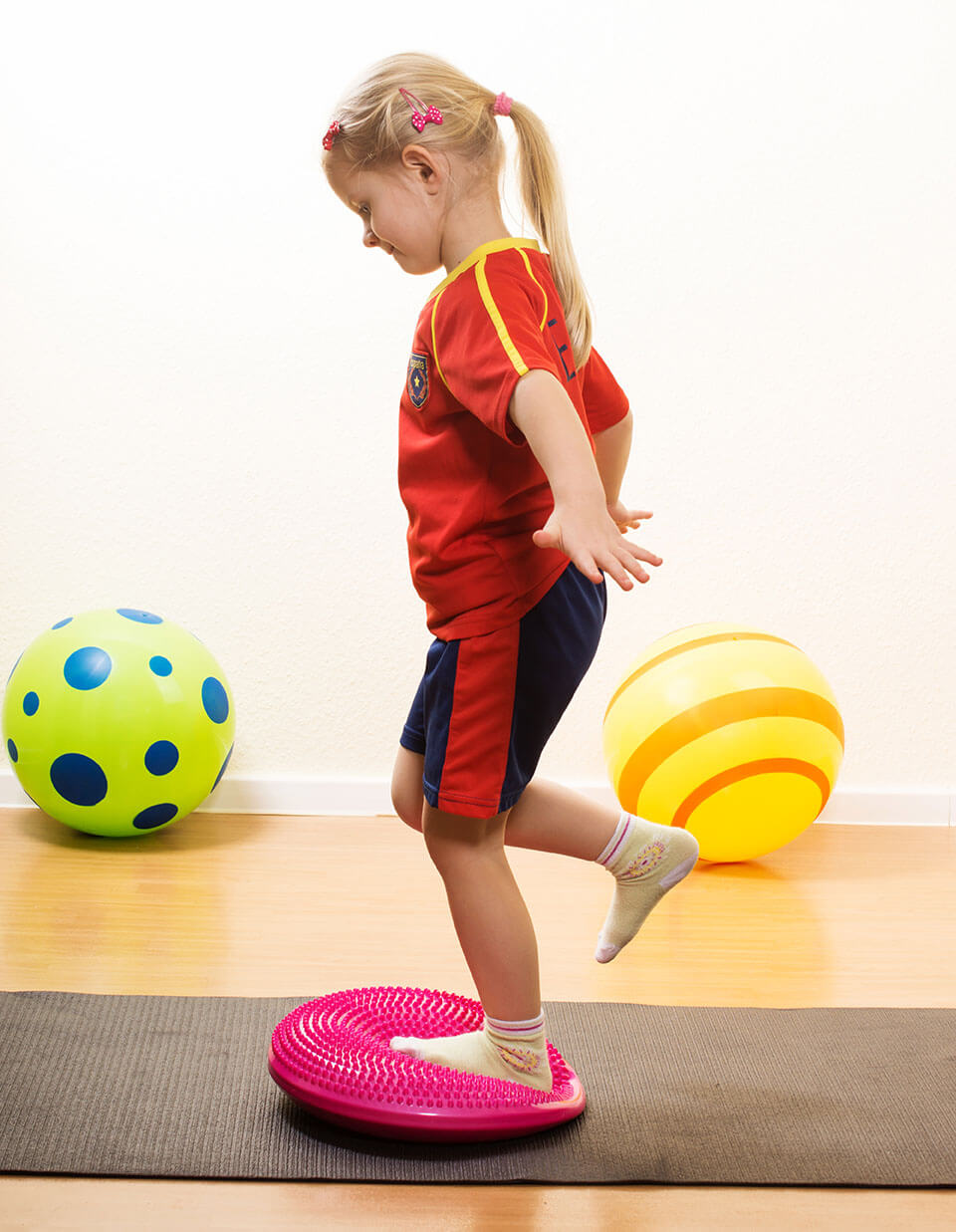
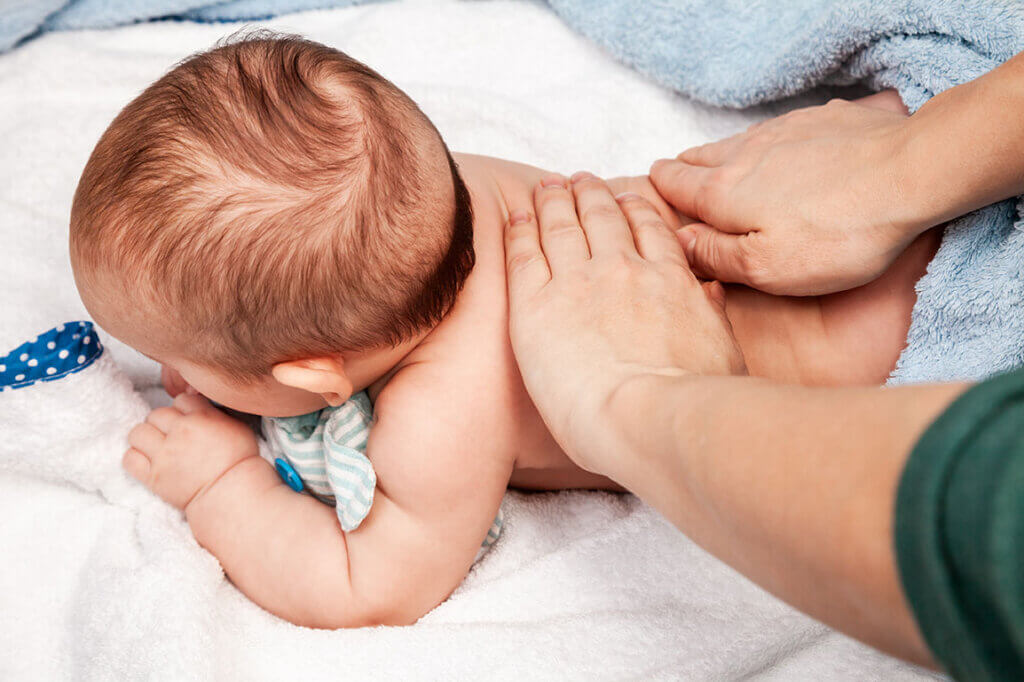
Physiotherapy for babies
You may want to have your baby assessed by a Physio if you notice any of the following:
– Your baby feels floppy or stiff when you hold them
– You are worried their gross motor development is behind their peers
– You have concerns about your baby’s head shape or their neck feels tight
– Your baby has been diagnosed with a neurological or developmental delay
– Your baby was born prematurely (premature babies are at a higher risk of developmental delays and neurological conditions such as cerebral palsy)
Can a physio help a baby to walk?
A physio’s main role in working with children is to encourage the child to move in certain ways as well as ensuring there is no underlying reason why a child may have movement delays. One of the ways we do this is to give the parents or carer’s strategies and ideas to encourage the child to reach milestones such as crawling and walking.
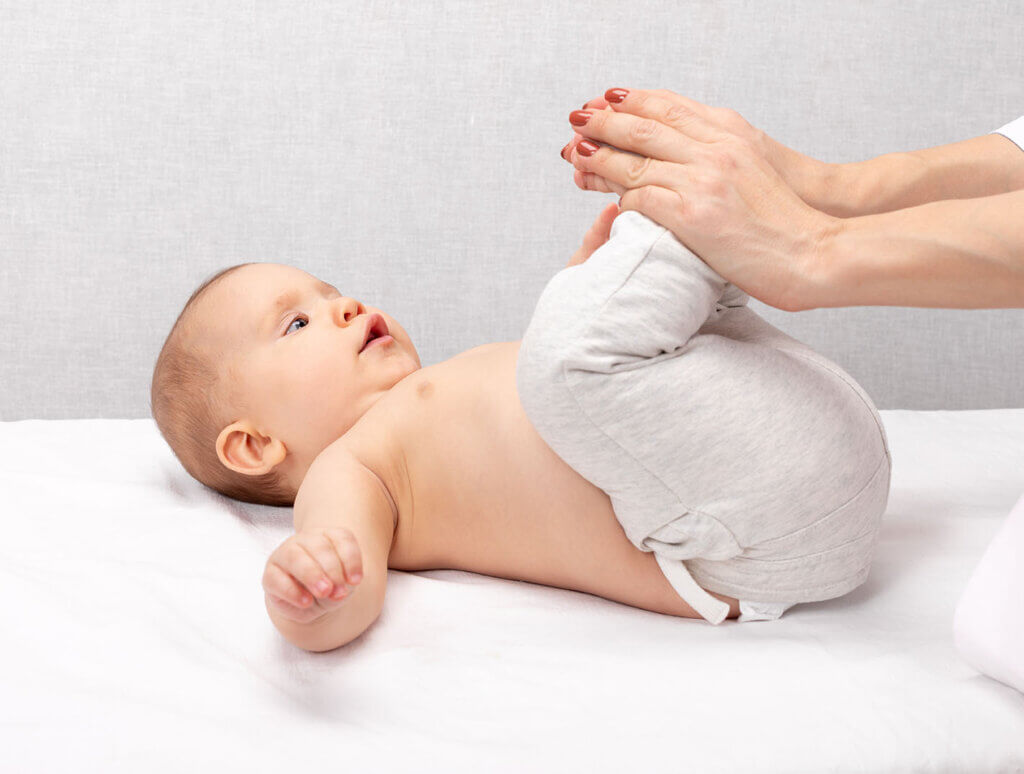
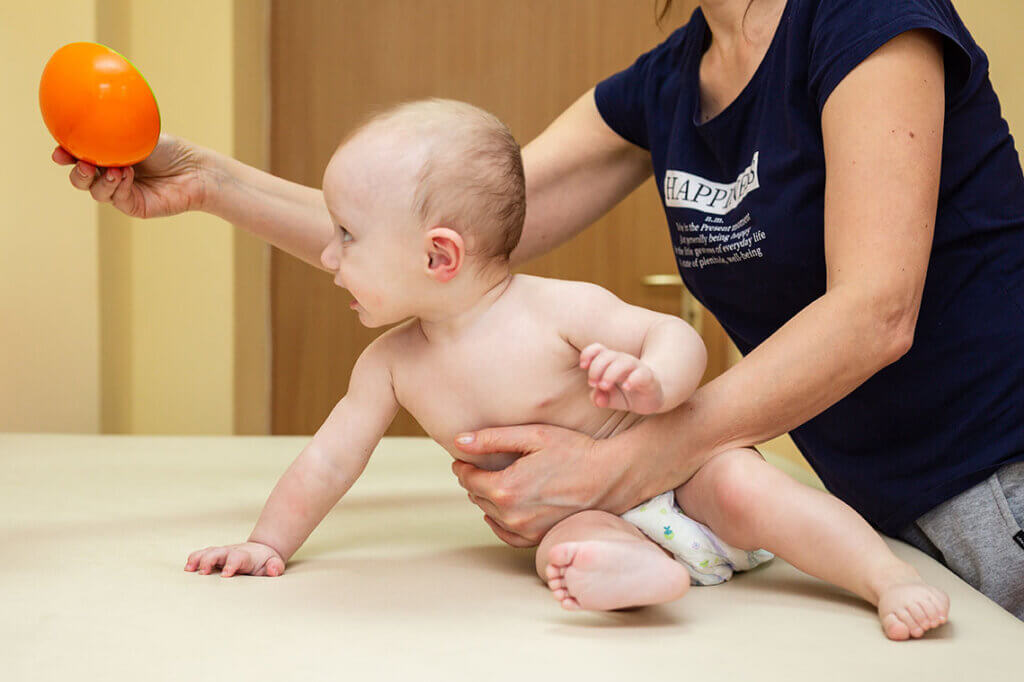
My baby seems to only look one way
Parents often notice that their baby will only look in one direction. This can be caused by an underlying tightness in the baby’s neck (often a result of their positioning in the uterus) and it’s easier for them to have their head turned in that direction. It can also be a result of the baby’s environment. If a baby is placed in a cot or on a mat where toys are placed on just one side they are more likely to look in that direction. That’s why it’s important to ensure you’re placing toys and other items of interest in different areas to encourage your baby to turn their head and look around frequently. If a baby has a tight neck which is not treated, they will continue to look only in one direction which can cause a flat spot to develop on the back or side of their head. Tight neck muscles are easily treated by a physiotherapist.
Why “W” sitting is not favoured
Children often sit in a “W” shaped position where the knees are bent and the ankles and feet rest on the floor next to the hips. In this position the hips are resting in an internal rotation position which is often a comfortable position for a young child. While short periods in this position are not concerning, if a child is spending prolonged periods “W” sitting it can lead to restrictions in hip movement and can also worsen intoeing or “pigeon-toe” walking.
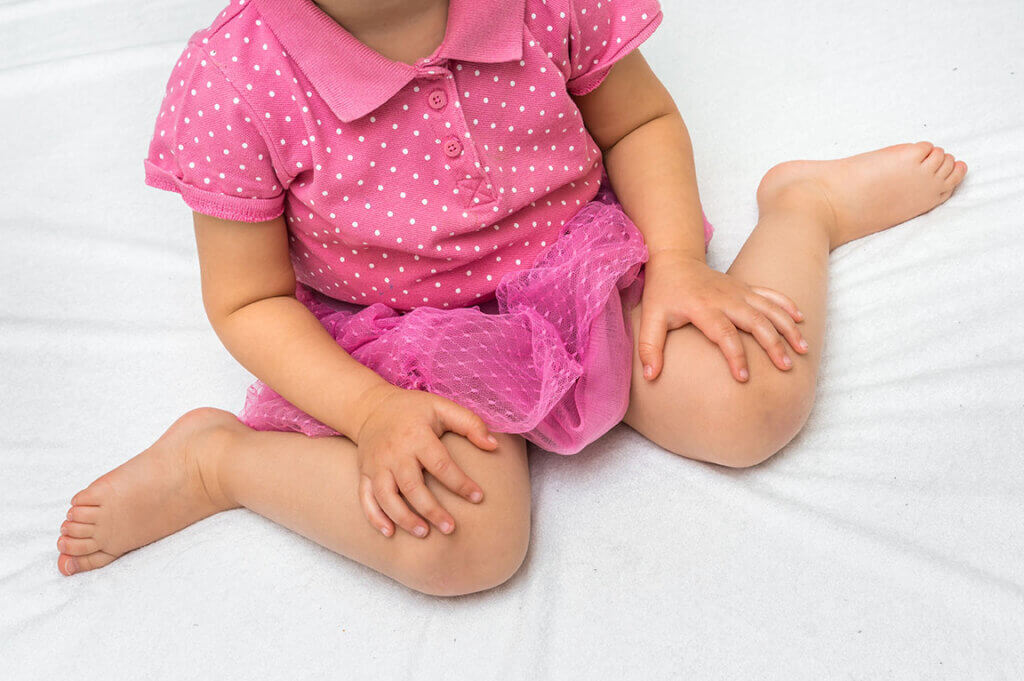

Am I a bad parent if my child isn’t hitting milestones?
Absolutely not. Children are all different and all reach milestones at different but similar ages. Each gross motor milestone has a wide range of what is considered normal, for example it is normal for a child to start walking anywhere from 9 months right up to 18 months.
